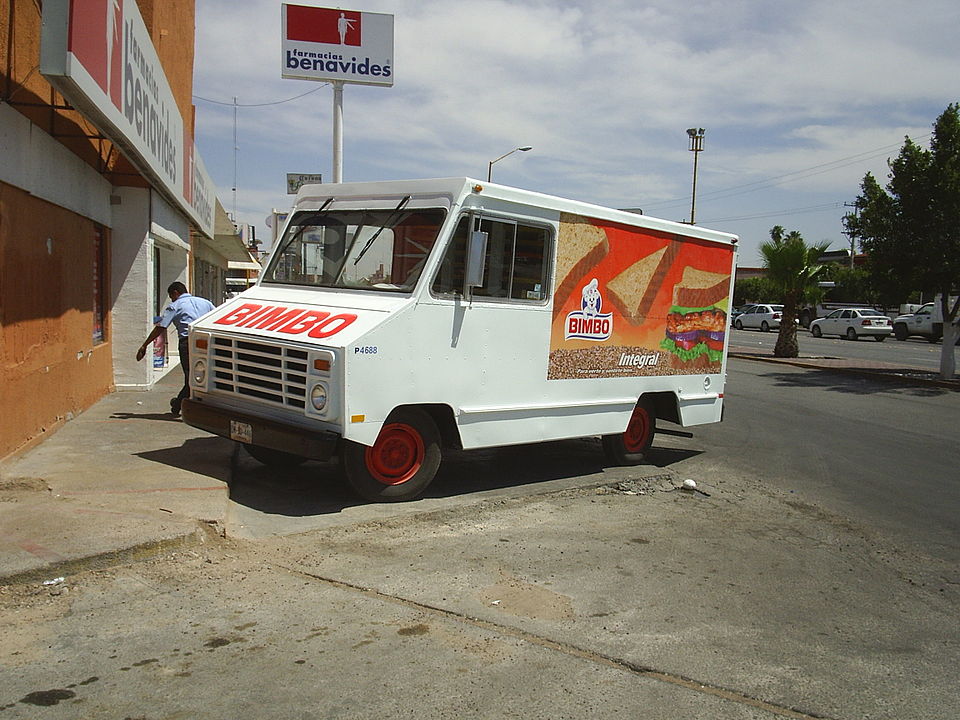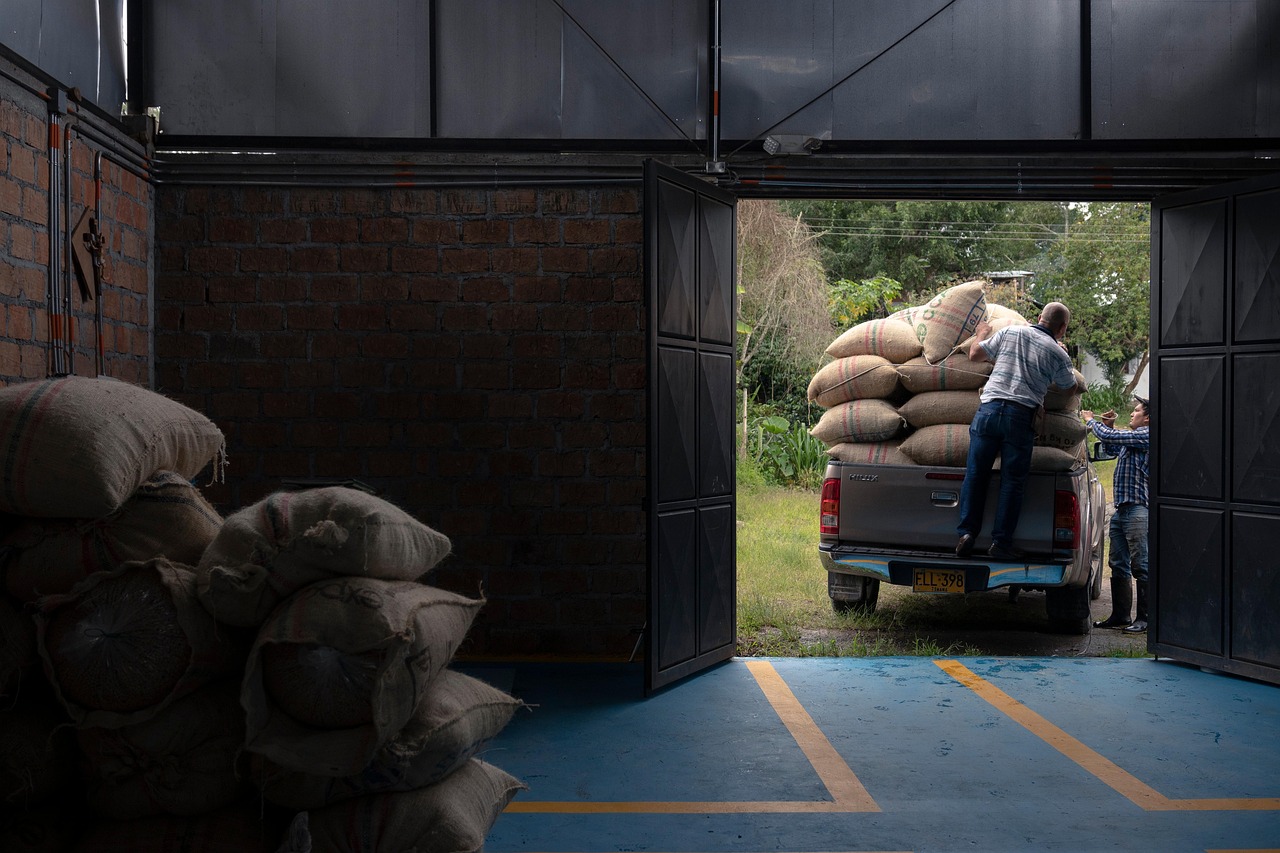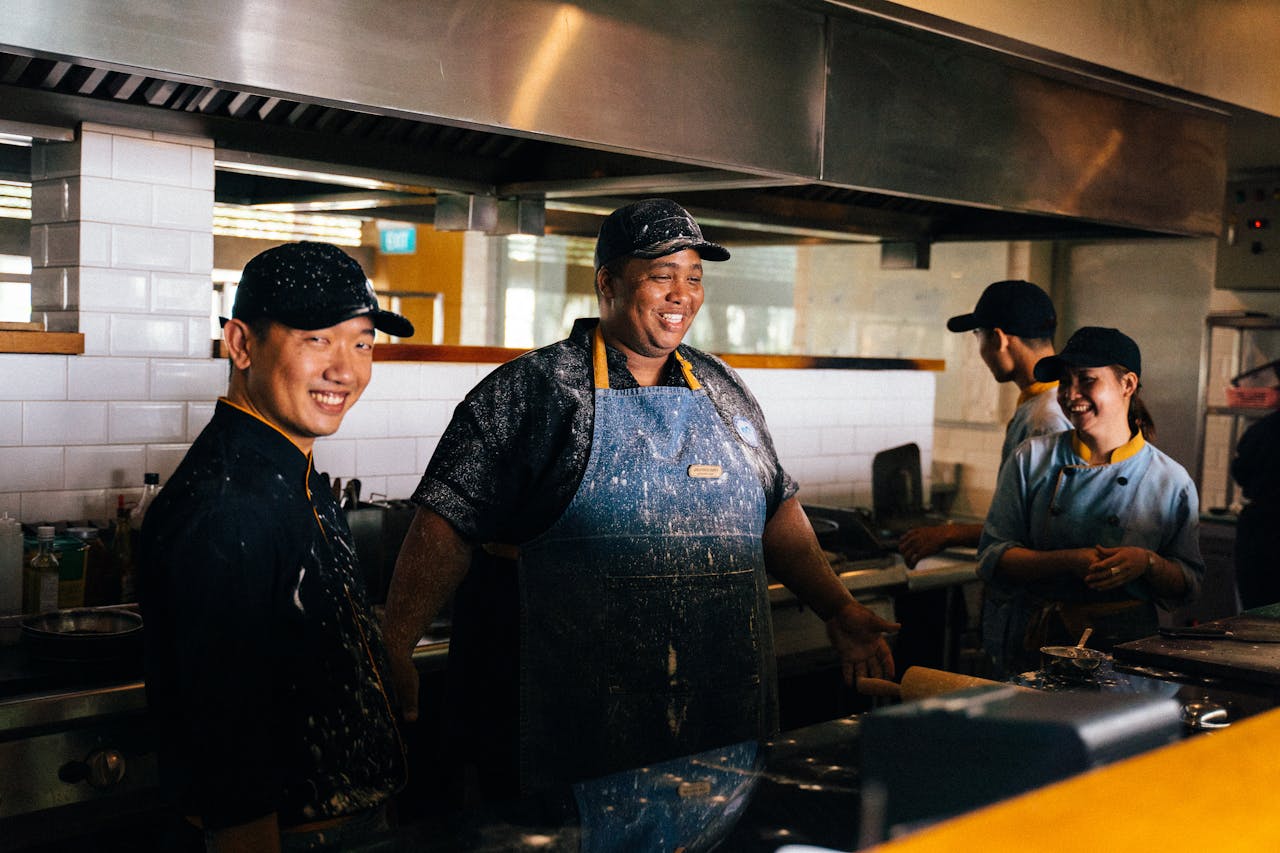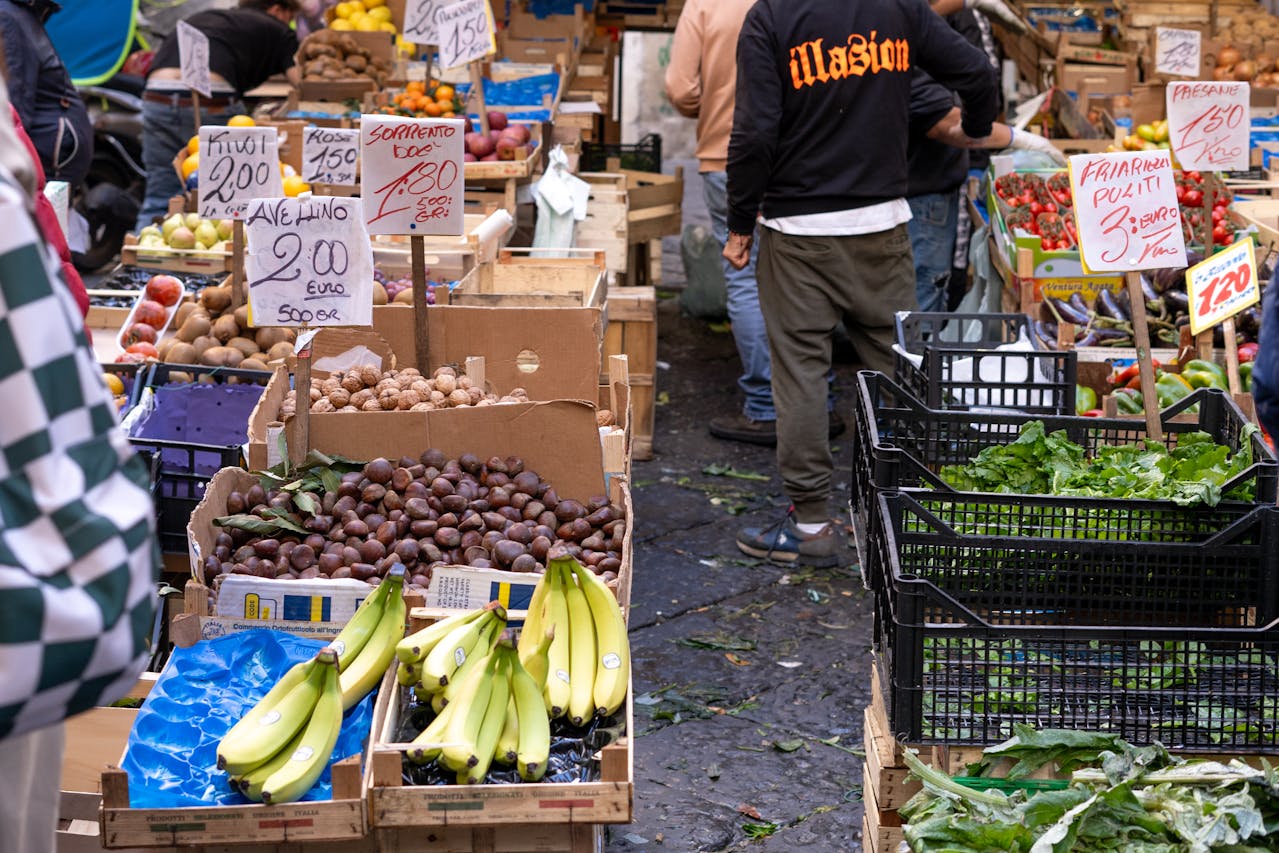Tortillas are the daily bread of Mexico, a food that holds families together at breakfast, lunch, and late-night taco runs. In border cities like Tijuana, they also fuel a vast web of small restaurants, vendors, and workers whose days begin and end with masa. That ritual still stands. The economics around it do not.
Producers say demand is slipping even when prices hold steady. Some are keeping lights on with thinner margins and smaller crews. Others are asking why lines got shorter if the sticker never moved. The answers sit at the intersection of supply, policy, climate, and changing appetites.
A Border City Feels The Slowdown

Tijuana’s tortillerías report softer orders from the places that usually keep them busy. Restaurants stretch deliveries. Taco stands play it safe with smaller daily counts. The volume drop is sharp enough to notice on loading docks and balance sheets.
One owner described a client who once took one hundred kilos a day now taking half. Multiply that across a route and weekly revenue can shrink fast. The product is the same, the work is the same, but the truck leaves with lighter stacks. In a business that runs on scale, that hurts.
Why Sales Dip When Prices Stay Put
Baja California’s average retail price sits near twenty eight pesos per kilo, the highest in Mexico. Even so, many shops say they have not raised posted rates in years. They are absorbing higher costs rather than risk turning away price-sensitive buyers.
If the price did not rise, why the slide. Part of it is the buyer mix. Diners shifted patterns after the pandemic, and weekday foot traffic never fully recovered. Another part is menu engineering at small eateries that swap fresh tortillas for fewer portions or different formats to control waste.
Consumer habits are also evolving. Officials note declines in processed foods that include packaged tortillas. That trend does not erase fresh tortilla demand, but it trims the edges. When every peso is counted, households look hard at quantities.
For a producer, any of these changes alone would be manageable. Together they add up to fewer kilos out the door, even with the same sticker.
The Real Cost Sits Behind The Counter

Border location is a blessing for trade and a curse for inputs. Much of the corn that feeds Baja’s mills is trucked from other states. Freight, fuel, and time push the delivered price up before a single kernel becomes masa.
Tortillerías cannot pay drivers in promises. They pay at the pump. When transport costs climb, the squeeze arrives quietly through invoices, not shelf tags. That is why a stable retail price can mask a storm behind the counter.
Cutting Hours To Keep Doors Open

When orders fall, labor becomes the lever. Some shops reduce shifts or compress schedules to match slower demand. It keeps core staff employed and machines maintained without burning cash on idle time.
The choice is grim but rational. You keep skilled workers close, service accounts that still order, and wait for a turn. The alternative is layoffs that are hard to reverse when business returns. Payroll flexibility becomes the difference between survival and a shuttered storefront.
There is also the human side. Fewer days on the clock means tighter household budgets for the very people who make and deliver daily staples. The strain ripples outward to vendors, drivers, and the small suppliers that serve them.
In a city where food work supports so many, a quieter tortilla line is more than a business metric. It is a neighborhood problem.
Price Controls Without A Safety Net

Tortillas are classified as a staple, and governments often keep a hand on retail prices to protect consumers. That guardrail can stabilize household budgets, especially for low-income families that depend on daily purchases.
But restraint at the register does not erase the cost curve for producers. Without targeted support for inputs like corn, energy, and transport, the gap between controlled prices and real expenses widens. Requests for subsidies or relief have not translated into new programs. Owners are told to hold the line and find savings elsewhere.
Climate Stress On The Maize Supply
Years of drought across parts of Mexico have weighed on harvests. Lower yields tighten supply and nudge wholesale prices higher before grain ever reaches the mill. Variability turns planning into guesswork. One season’s shortfall can ripple through contracts and credit.
Producers cannot control the weather. They can only hedge with inventory, diversify sources where possible, and hope for better rains. In lean years, every kilogram of quality corn costs more attention and more pesos.
Culture, Convenience, And Changing Plates
Tortillas remain central at the table, but the way people buy them is shifting. Some families choose smaller stacks bought more often to reduce waste. Others swap fresh rounds for packaged alternatives, or fold more rice and vegetables into weekly menus to stretch protein costs.
It is not a rejection of tradition. It is an adjustment to budgets and schedules. Street vendors feel the micro decisions first. A few fewer tacos per lunch rush. A slower Tuesday after a busy weekend. Sellers recalibrate hours and batches to meet the new pace.
When a food is both culture and commodity, even mild changes in habit can move markets. The story in Tijuana shows how quickly that balance can tilt.
What A Path Forward Could Look Like
Producers do not need miracles. They need predictability. Better logistics on inbound corn could shave real costs. Smarter, targeted support tied to inputs rather than retail caps would help small shops hold quality without bleeding cash.
On the demand side, outreach that reinforces the value of fresh, nixtamalized tortillas could steady volumes. Partnerships with eateries to plan orders and reduce waste would keep kilos consistent through midweek lulls. None of this is flashy. All of it is practical.
Stability is the goal. Keep tortillas affordable for households and viable for the people who make them. If policy, supply, and habit can meet in the middle, the line outside the tortillería will lengthen again.


